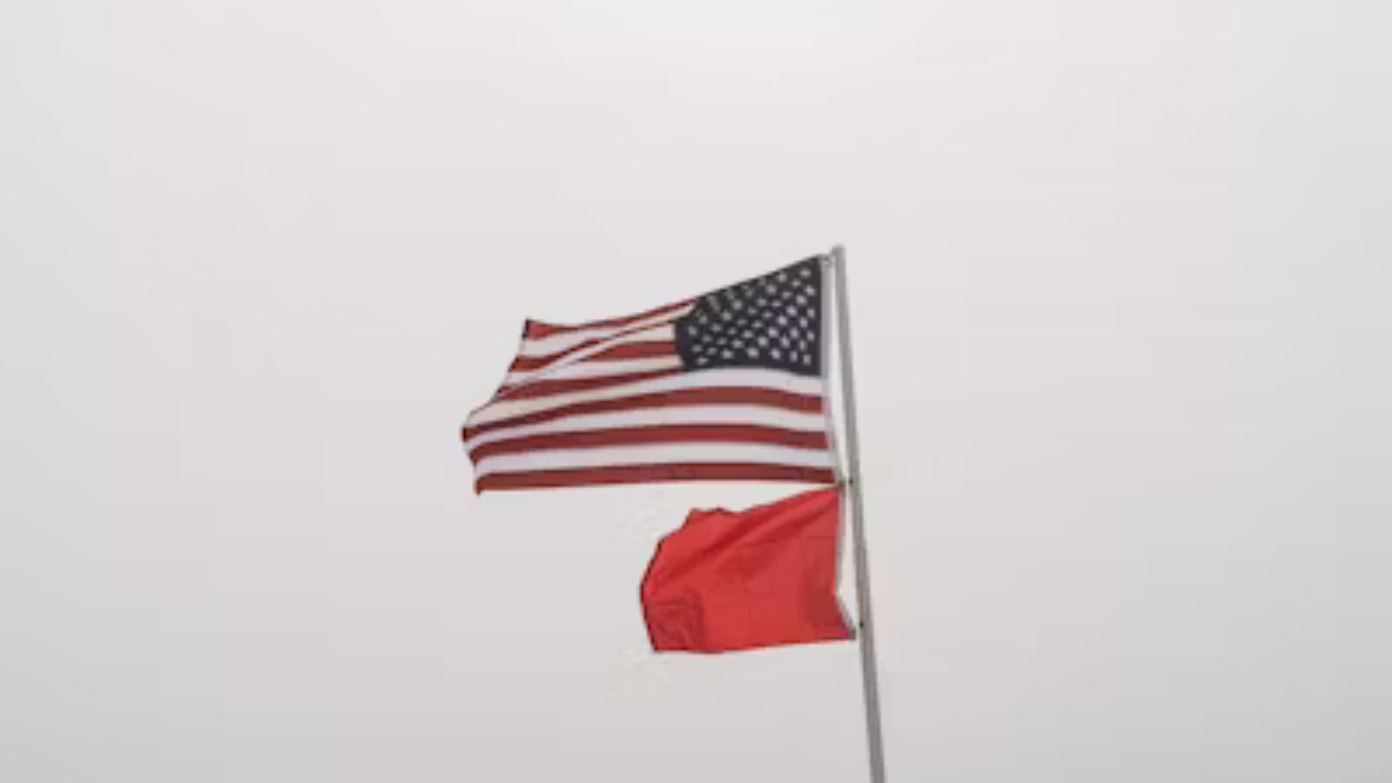In a major boost to world trade relations, China has officially signed an agreement to resume export of rare earth to America, a major win for the Trump administration’s trade policy and a respite for American industries that rely on these critical materials. The accord, which was agreed on Wednesday and ratified by the two countries on Friday, is the result of a series of hectic negotiations that started in April with disastrous tariff wars and progressed through diplomatic discussions in Geneva and London.
Background of the trade dispute
Today’s rare earth demonium is the product of one of the most sensational trade wars in recent history between the two biggest economies of the world. It started with President Trump slapping across-the-board tariffs on Chinese goods, beginning a 20% duty in February, which later rose to as much as 145% in April for the first time in history. China had struck back in kind with tit-for-tat tariffs of 125% on US goods and, importantly, started limiting export of rare earth minerals in early April.
Seven critical rare earth elements were the focus of China’s export restrictions: samarium, gadolinium, terbium, dysprosium, lutetium, scandium, and yttrium. They all have a critical use in a vast array of products, ranging from smartphones and wind turbines to F-35 fighter jets and Tomahawk missiles. The restrictions effectively short-circuited supply chains essential to American automakers, aerospace firms, semiconductor companies, and defense contractors.
The confrontation peaked at crisis levels when bilateral trade between the two countries, which amounted to some $600 billion a year, all but ceased. Markets became increasingly worried about what Treasury Secretary Scott Bessent labelled a “trade embargo” between the two world’s largest economies.
The path to resolution: From Geneva to London
The breakthrough came during a sequence of top-level diplomatic talks which started with the negotiations in Geneva in May 2025. The two countries agreed through the negotiations to reduce their top retaliatory tariffs, with the United States reducing its level from 145% to 30% while that of China reduced to 10%. They also agreed on a 90-day window of truce to bargain for a long-term deal.
But tensions persisted as China’s restrictions on exporting rare earths continued, and the Trump administration slapped its own export controls on semiconductor design software, aircraft components, and other high-tech goods to China. It seemed at an impasse until President Trump and Chinese President Xi Jinping had a decisive 90-minute telephone conversation on June 5, 2025.
It was the call, however, that turned everything around, and Trump immediately took to social media to tweet that “there should no longer be any questions respecting the complexity of Rare Earth products”. This was followed by follow-up negotiations in London on June 9-10 when the trade delegates of both countries hammered out the agreement as it stands today.
U.S. Commerce Secretary Howard Lutnick and U.S. Trade Representative Jamieson Greer headed the American team in London, while Chinese Vice Premier He Lifeng captained the Chinese team. Following two days of drawn-out talks, both nations said they had agreed on a framework agreement, subject to the sign-off of Trump and Xi.
Terms of the rare earth agreement
The one signed on Wednesday is a diplomatically crafted exchange of concessions. China has pledged under the terms of the deal to “approve export applications for controlled items meeting the conditions as required by law,” essentially ending the export embargo on the rare earths to America. The United States, in return, will “abolish a series of restrictive measures it had imposed on China” such as the export control on the semiconductor design software and other advanced high-tech products.
Commerce Secretary Lutnick told Bloomberg News that China “is going to supply us with rare earths” and that once deliveries begin, the U.S. will “bring down our countermeasures”. The accord explicitly covers the supply of “full magnets and any requisite rare earths” to US companies, and brings it within reach of all U.S. companies, not just the individual automakers who had received temporary licenses in June.
Treasury Secretary Scott Bessent described the importance of the deal in a Fox Business interview, saying, “We had trade negotiations in Geneva that set the London agreement. Part of that agreement was lowering tariffs and having rare earth magnets flowing back into the U.S., which is critical to our industrial base.” He indicated material flows were slower than originally expected, but was certain that “the magnets will start to flow” once the framework agreement had been signed.
The deal also maintains the current tariff structure established during the Geneva talks, with U.S. tariffs on Chinese imports at 30% and Chinese tariffs on American goods at 10%. This represents a dramatic de-escalation from the peak rates of 145% and 125% respectively that had threatened to destroy bilateral commerce entirely.
Read more: What does the Iran-Israel ceasefire mean for gas prices?

